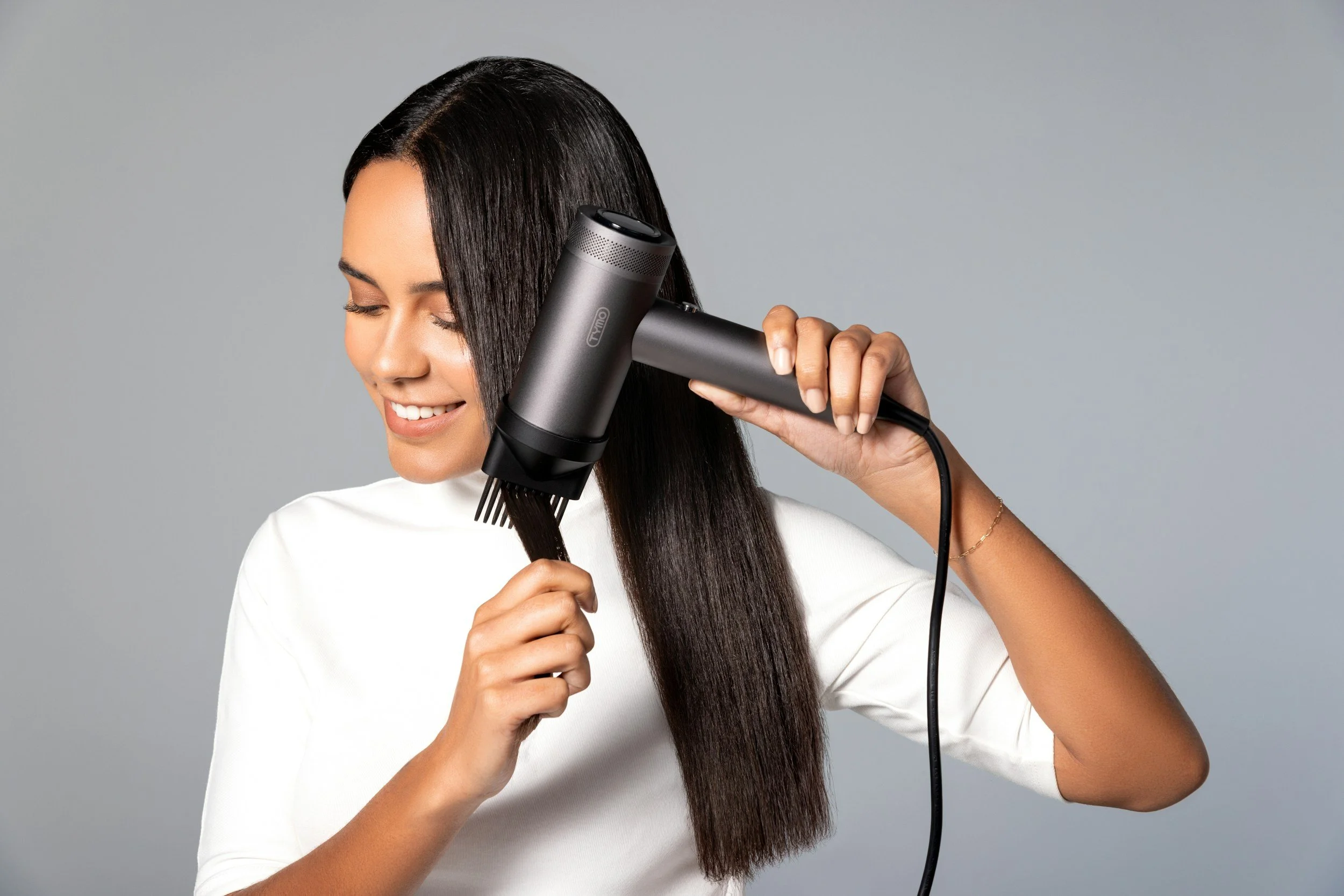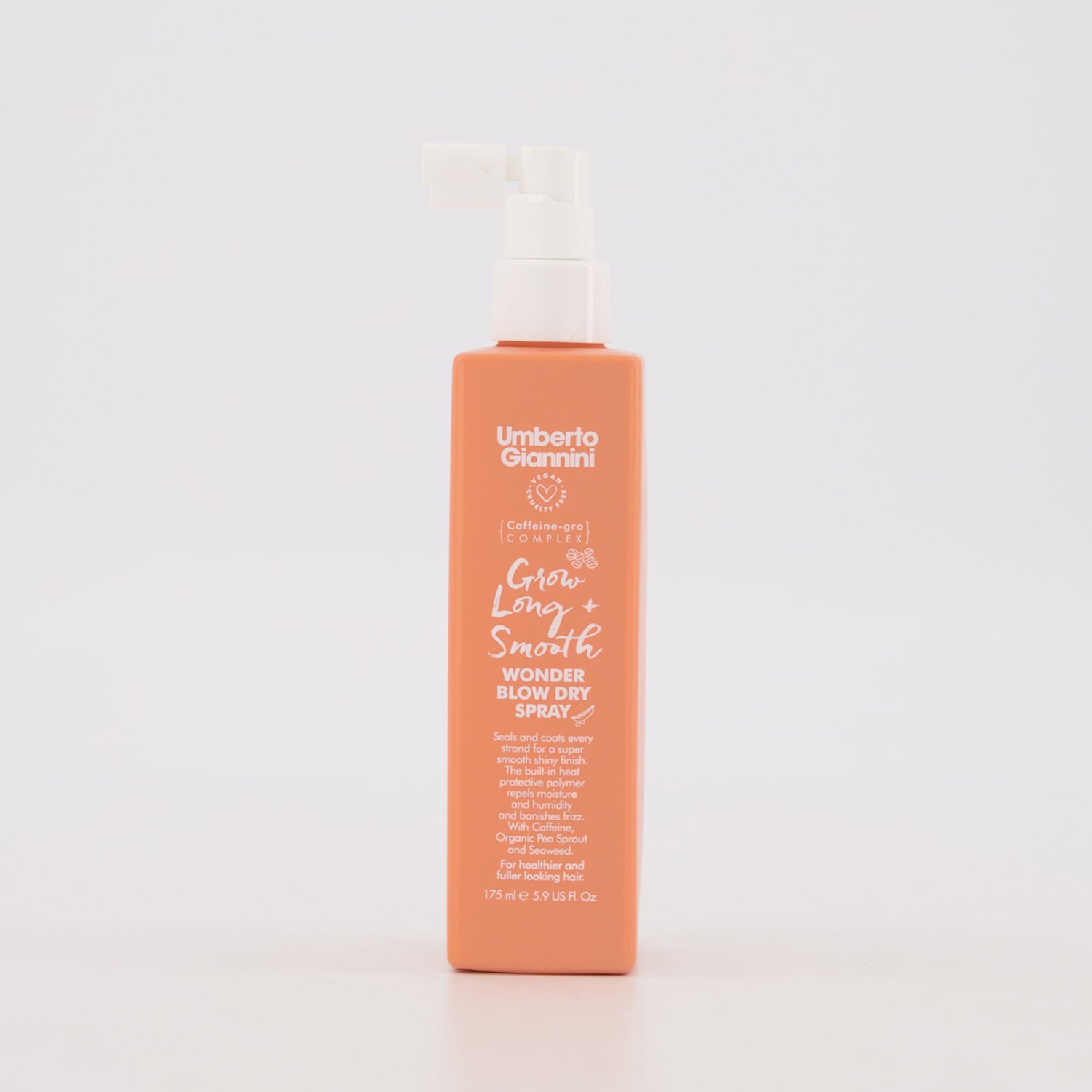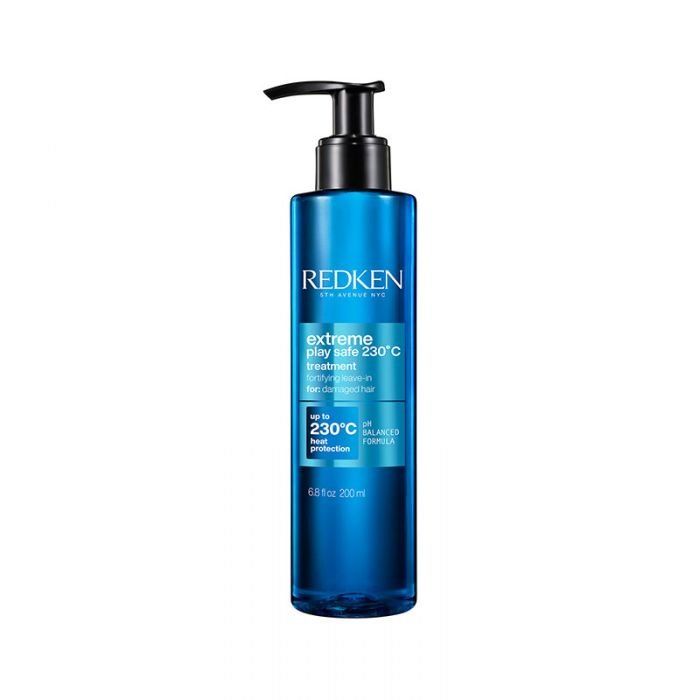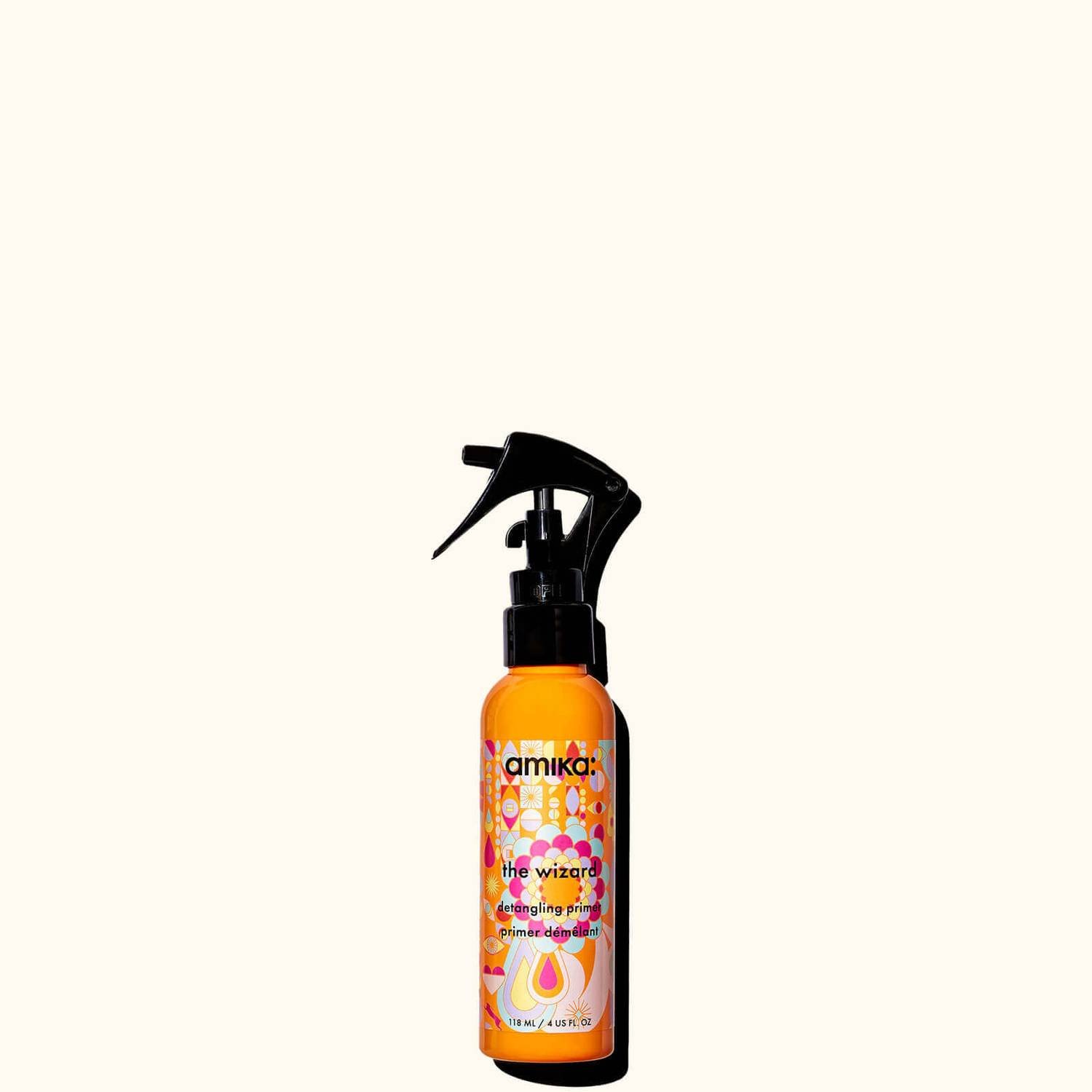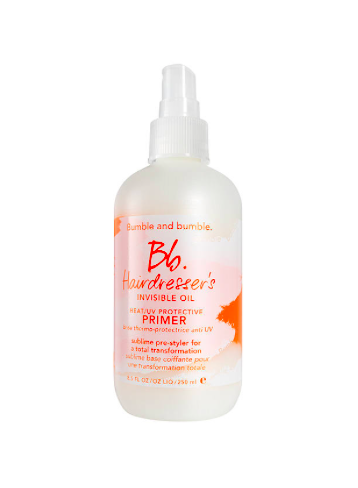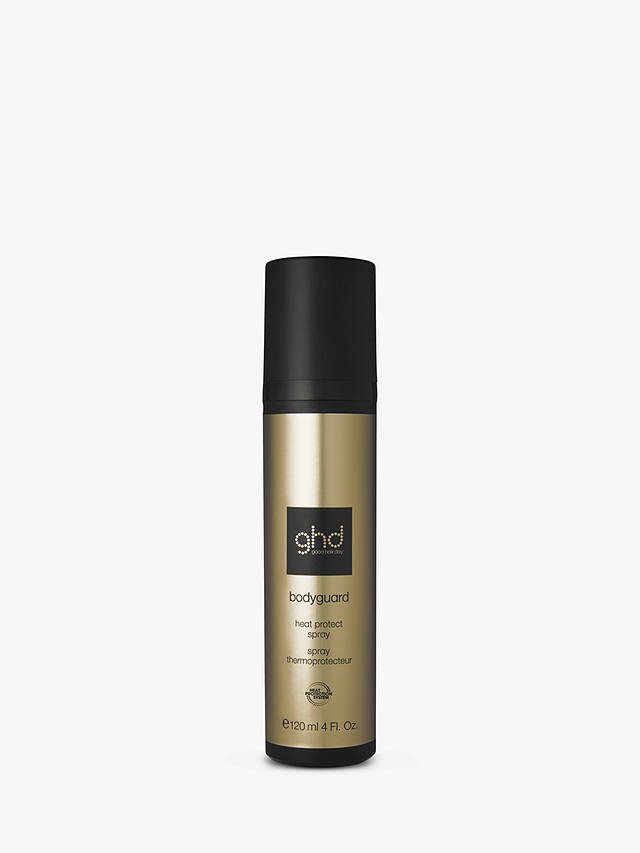When you’re ready to make the move to sulfate-free hair care products, there’s more to it than heading to the shops and picking up the first bottle you see.
Sulfate-free hair care products have become super-popular over the years—meaning you’ve got plenty of options to choose from. Here’s our guide to L’Oreal’s best sulfate-free hair care products, so you can find the right ones for your hair.
PRODUCTS FOR BLONDE, COLOURED HAIR
Once you switch up your shade, your hair will require special care. That means your regular old shampoo and conditioner won't do the trick any more, so try the L’Oréal Paris EverPure Blonde Shampoo, L’Oréal Paris EverPure Blonde Conditioner, and L’Oréal Paris EverPure Blonde Shade Reviving Treatment. The EverPure Blonde system can help neutralise unwanted brass tones while hydrating over-processed hair. Once or twice a week, use the hair mask in place of the conditioner.
PRODUCTS FOR DRY HAIR
Just as using the wrong facial cleanser and moisturiser can be a detriment to your dry skin, using the wrong shampoo and conditioner won’t exactly benefit your hair if it’s on the dry side. Focus on finding a system of shampoo and conditioner that moisturises, like the L’Oréal Paris EverPure Moisture Shampoo and L’Oréal Paris EverPure Moisture Conditioner. The EverPure Moisture system gently cleanses and conditions dry hair to help replenish essential moisture, lush-touch softness, and luminous shine.
PRODUCTS FOR FRIZZY HAIR
Frizz, frizz go away. Come again…not another day. It’s pretty clear that frizzy hair is one thing pretty much no one wants, and managing it is all about using the right hair care products. Enter the L’Oréal Paris EverPure Frizz-Defy Shampoo, L’Oréal Paris EverPure Frizz-Defy Conditioner, and L’Oréal Paris EverSleek Frizz Finish Oil-In-Serum, which can be used in conjunction for humidity and frizz control, manageability, and smooth luminosity.
PRODUCTS FOR THIN HAIR
If you have thin hair, you may be wondering how to create the appearance of a fuller-looking mane. If that sounds like you, try the L’Oréal Paris EverStrong Thickening Shampoo, L’Oréal Paris EverStrong Thickening Conditioner, and L’Oréal Paris EverStrong Break Proof Lotion. The system of shampoo and conditioner gently cleanses and purifies thin hair, removing buildup and excess oils to help promote the appearance of thicker-looking hair, while the leave-in lotion helps repair the look of damaged, split ends.
PRODUCTS FOR DAMAGED HAIR
You can be as careful as can be, but still your hair may end up damaged. If you have damaged hair, it’s a good idea to look for a hair care system that’s formulated for your hair type. Try the L’Oréal Paris EverPure Repair and Defend Shampoo, L’Oréal Paris Repair and Defend Conditioner, and L’Oréal Paris EverPure Repair Remedy Balm, which can help protect damaged hair from daily aggressors like UV rays, water, and heat styling. Use the hair mask in place of the conditioner once or twice a week—you can also use it as a pre-shampoo mask for extra conditioning.
PRODUCTS FOR CURLY HAIR
If you’ve got spirals, you’re in luck: Curly hair is in! Use a system of hair care products that helps create the appearance of soft, manageable, hydrated curls, like the L’Oréal Paris EverCurl HydraCharge Shampoo, L’Oréal Paris EverCurl HydraCharge Conditioner, and L’Oréal Paris EverCurl Sculpt & Hold Cream Gel. To use the hair gel, apply 1-2 pumps to clean, towel-dried hair, then let your curls air dry.
Pankhurst and Deane is a L’Oreal hair salon and we use and sell their products. This is an edited version of a L’Oreal article. The original version can be viewed here.






